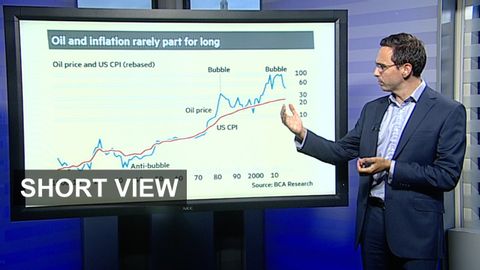
字幕與單字
大宗商品價格上漲不可避免的死亡|短線看法 (Inevitable death of commodity price inflation | Short View)
00
Noppe 發佈於 2021 年 01 月 14 日收藏
影片單字
close
US /kloʊz/
・
UK /kləʊz/
- adj.接近的;(關係)密切的;親密的;接近;;近的;接近的;悶熱的;勢均力敵的
- v.t./i.接近;結束;終止;截止;關閉;完成;封鎖
- adv.靠近地
- n.結束
A1 初級初級英檢
更多 使用能量
解鎖所有單字
解鎖發音、解釋及篩選功能
